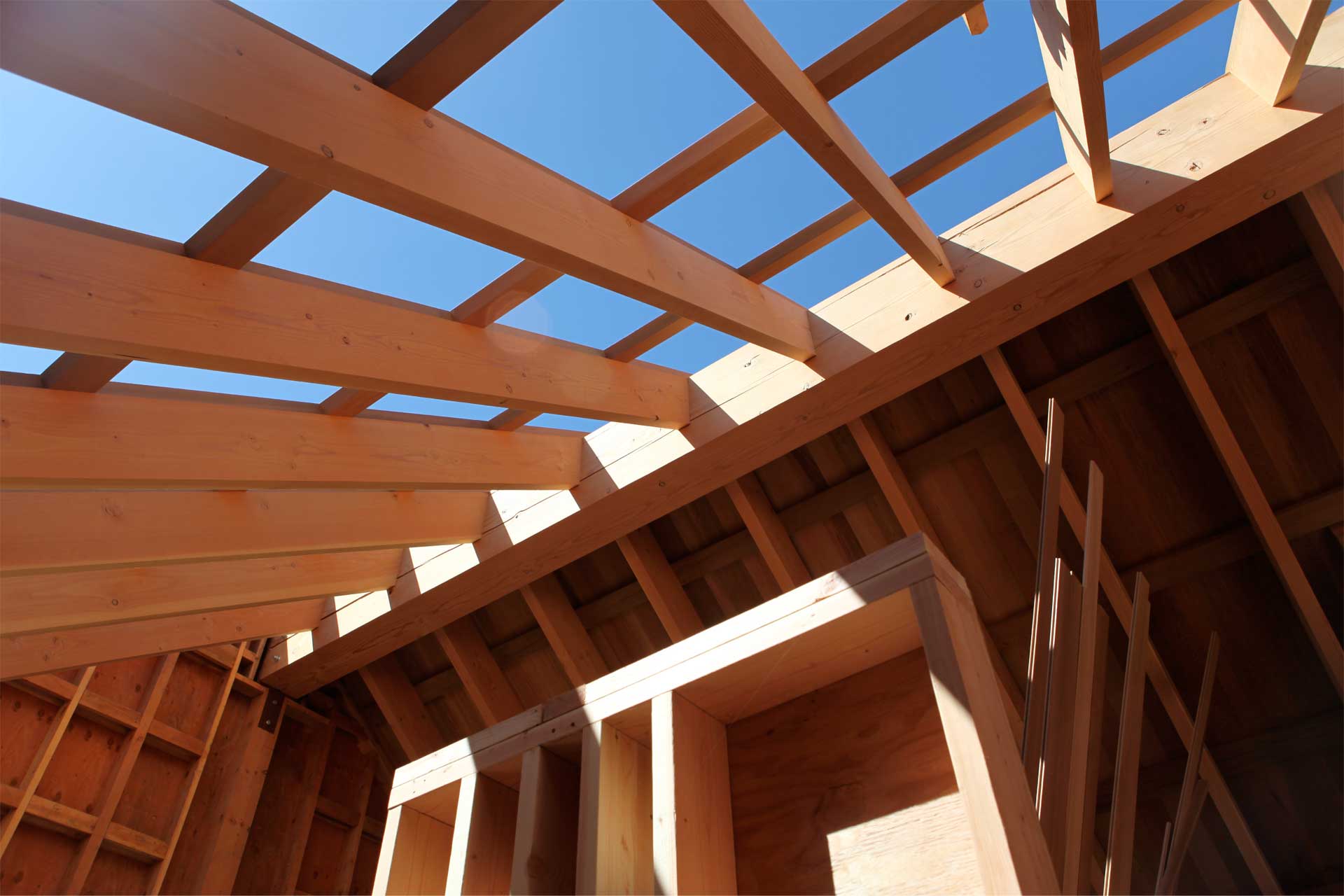HABITAT
A team of five field biologists led by Patrick Kobernus of CREcology were hired to conduct a longitudinal study pre-, during and post-construction over five years to monitor the impact and/or benefit of the native landscaping to the flora and fauna ecology of the site. The team produces a report every year that is available upon request.
- Conducted review of historical aerial photography back to 1949 to compare historical habitat types to current conditions on site.
- Chronicled all flora and fauna native to the Town of Portola Valley (available in the Habitat Opportunities Report).
- Prepared a Habitat Opportunities Report (available upon request) to establish habitat goals and objectives:
- Restore native plant species
- Increase micro-habitat diversity, increase wildlife species abundance and diversity
- Maintain and improve wildlife corridors
- Attract and potentially increase occurrences of rare species.
- Addressed habitat goals through designation of six habitat zones:
- oak savannah
- rocky outcrop
- wetland
- meadow
- redwood and riparian forest, riparian scrub
- dry coastal scrub (thicket)
Habitat details
Display More [+]- There is no perimeter fencing on site to allow free movement of wildlife and we are working to augment existing game path.
- Testing the efficacy of planting native grass sod within the wet meadow habitat zones on the property.
- Relocated a large San Francisco dusky-footed woodrat (a California ‘species of special concern’) colony from within a chicken-house roof to a restored woodrat nest site on the southwest corner of the property. The nest structure may be the largest concentration of SF Dusky-footed woodrats ever recorded.
- Conducted preconstruction surveys of nesting birds and adapted construction work to avoid a western scrub jay nest. Monitoring found that all three young scrub jays successfully fledged from the nest.
- Monitored baseline conditions for wildlife on site prior to house deconstruction and construction of new home; longitudinal study by field biologists contracted to monitor site for minimum of 5 years after construction and landscape installation:
- Monitoring medium-sized mammals using camera traps
- Monitoring birds using timed searches
- Monitoring reptiles and amphibians using cover boards
- Monitoring bats using acoustic surveys
- The Project

